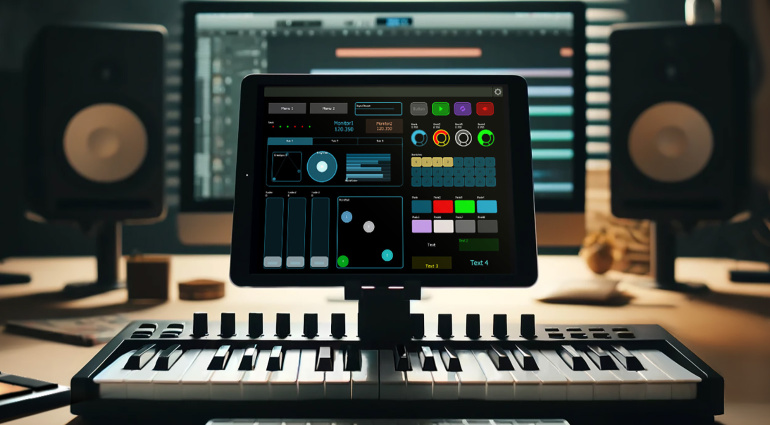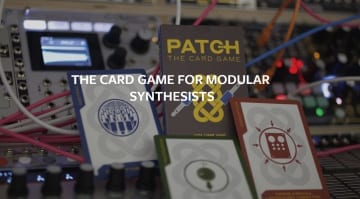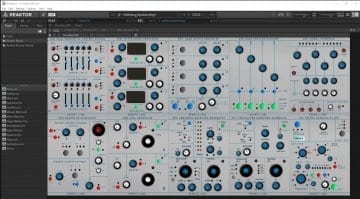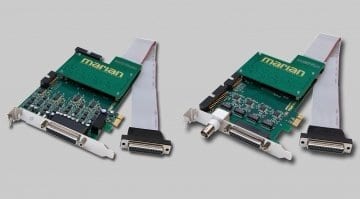Composing by Cards and the Return of Lemur: Tops & Flops
Are you tired of running out of ideas while composing and producing? Flipspark Elements could be the solution! And if you’re a fan of the Lemur controller app, be prepared for some good and bad news. Here are my tops and flops of the week.
Tops & Flops
Flipspark Elements: Got Writer’s Block? Draw an Event Card!
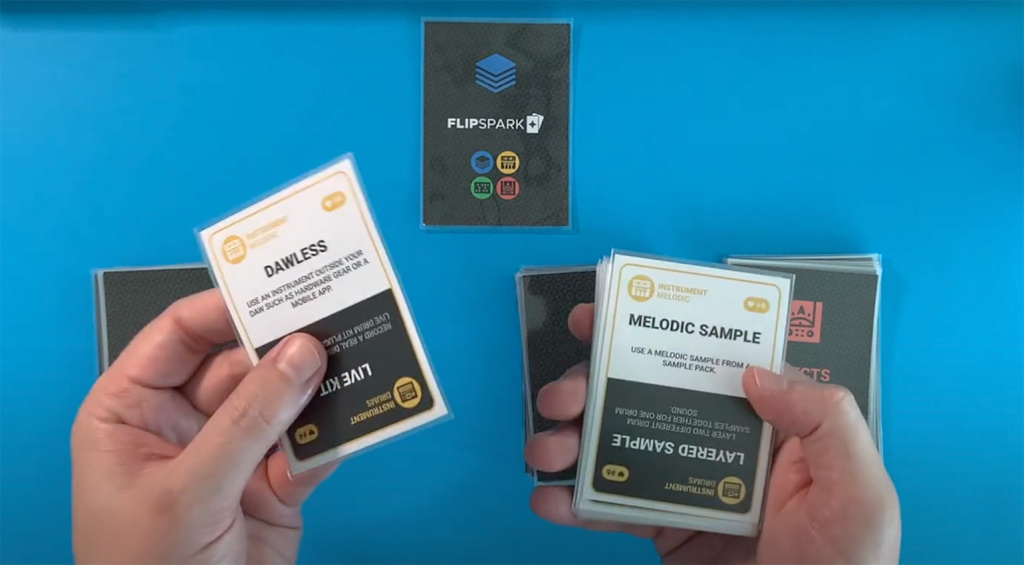
We’ve all been there: you’re working on a new track, the first idea sounded great, and maybe you’ve even started to work on the song structure. But suddenly, you find yourself running in circles and whatever you do sounds outdated and uninspired. You begin to ask yourself if the idea was that great after all, and before you know it, you lose the motivation to continue working on it. I’ve certainly been there; I’d rather not count all the unfinished tracks on my hard drive.
That’s the dreaded writer’s block, and everyone seems to have a different method of coping with it. Some just go home and try again the next day, others resort to more or less illegal substances, and others … pick up a deck of cards.
Venturing off the beaten path and doing things you wouldn’t normally do is a popular strategy for beating writer’s block. Unfortunately, though, that’s much easier said than done. We’re creatures of habit, after all. That’s why Brian Eno developed the famous “Oblique Strategies” cards back in 1975 together with artist Peter Schmidt. The deck contains over 100 cards with suggestions, questions, and instructions designed to help you look at your work from a different angle. Since then, countless writers and producers from David Bowie to Coldplay have relied on Oblique Strategies to get the creative juices flowing again. You can still get the cards from Brian Eno’s webshop for £50.
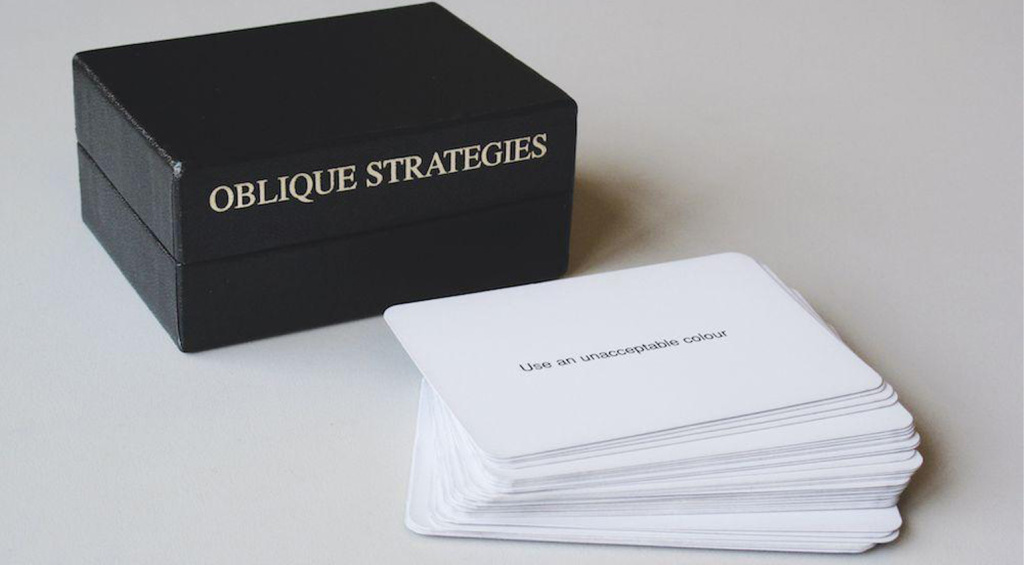
Flipspark Elements is a new take on this idea designed for producers of electronic music in particular. The cards don’t leave quite as much room for interpretation as the original Oblique Strategies, so they may not be as universally applicable. But if you’re an electronic producer working in a typical DAW-based environment, Elements contains a wealth of suggestions for overcoming writer’s block by using your instruments and effects in ways you wouldn’t have thought of. Got stuck? Just draw a card – it might just be the spark you needed to get going again.
The deck contains 64 cards organized in four categories: Element, Instrument, Pattern, and Effect. White cards are for tonal elements, black cards are for drums. Don’t have a clue what to do next? Draw any card to find out, and be prepared to take your track in a new direction. Need a suggestion on what to do with a specific element or instrument? Draw a card from that stack.
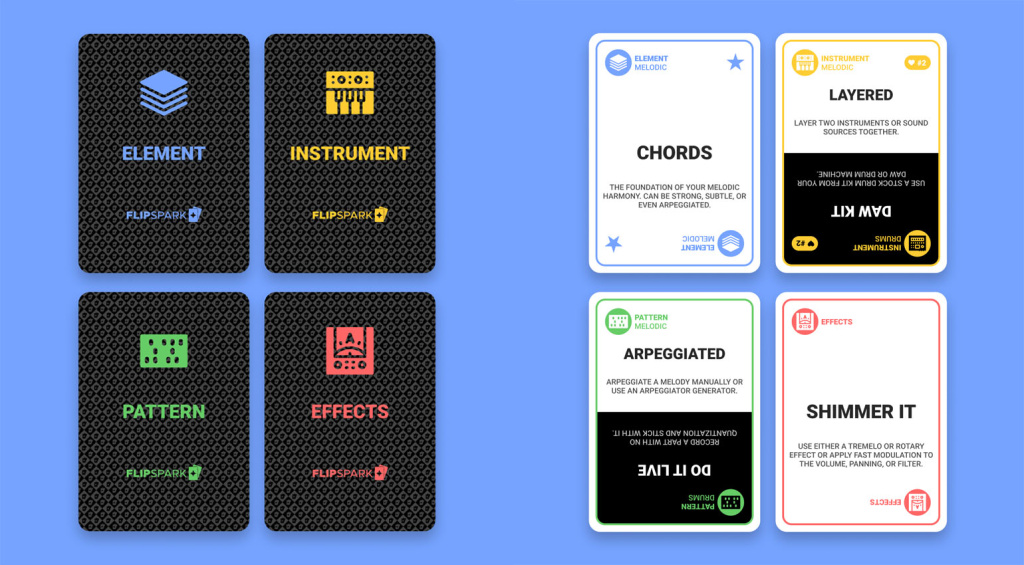
While I love the idea and would like to think that it works well, some of the suggestions are a bit too one-dimensional for my taste. The original Oblique Strategies left lots of room for imagination; you could interpret the cards in many different ways. It was all about the things you wouldn’t normally think of doing, to the point where you really had to scratch your head to figure out what the heck they were talking about. In comparison, suggestions like “Use an arpeggiator!” or “Layer two sounds!” are much more concise, but also much less inspirational.
In the end, it’ll come down to what you make of it. For some, Flipspark Elements could be just the tool they need to overcome creative blockages. Top or flop? I’m not sure.
Flipspark Elements is available from the developer’s website for $9. That’s the digital print-it-yourselfversion, so make sure you figure in a new set of ink cartridges, as well.
Lemur is Back! But Is It?
If you’re a fan of the Lemur controller app, here’s some great news: Lemur is back in the App Store! After years of neglect, MIDI Kinetics took over the versatile multi-touch controller app in 2023. Originally released by Liine in 2011 as a successor to the hardware device of the same name, Lemur is finally available again for iOS; an Android version is scheduled to follow later this year.
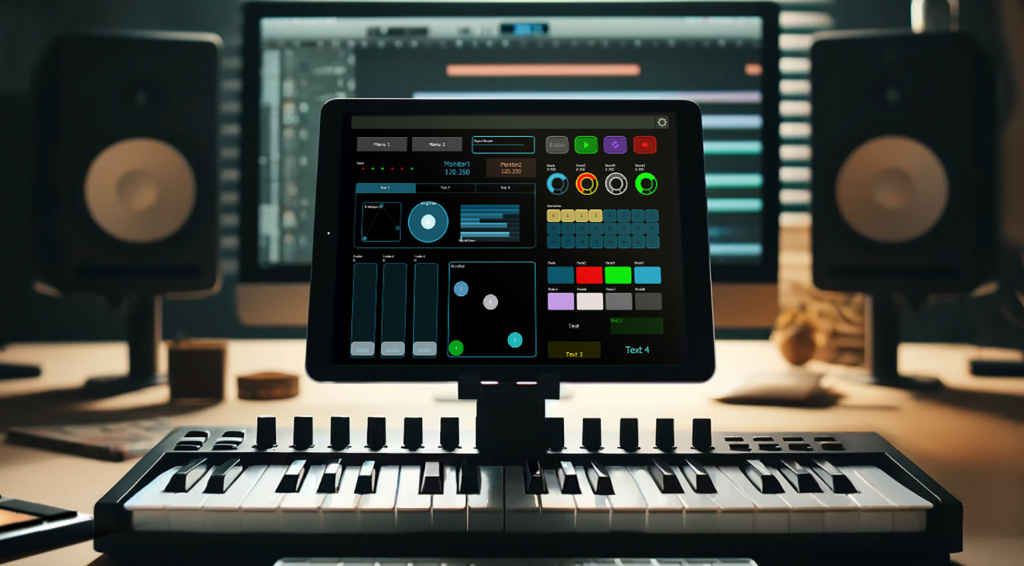
But don’t pop the Champagne bottle just yet. While Lemur used to be a one-time purchase that you could then use indefinitely, the re-release by MIDI Kinetics is only available on a subscription basisfor, hold on to your seats, $99.99/year or $12.99/month. And if you were hoping to get a discount for having bought the app before, you’re out of luck.
According to a statement by MIDI Kinetics, this was necessary because Lemur serves a “niche market” and maintaining it wouldn’t be economically feasible at a lower price. Priced “in line with other products in this space”, the developer claims, Lemur would have to be around $300.
Without a doubt, maintaining and developing advanced software that serves such a special purpose and comparatively small user base as Lemur is difficult, if not impossible at typical App Store prices. Lemur wouldn’t be the first to go bust because of this. As a freelance writer, I’m all for giving credit where it’s due – I’m definitely not saying that Lemur should be free. So if you’re a power user who relies on the app’s unique capabilities not available in any other app, the subscription could be worth every penny.
But suppose you’re one of the many users who just want to set up a custom set of controls quickly and don’t even scratch the surface of what Lemur can do. In that case, the high price of the subscription will be hard to justify, especially as cheaper alternatives like TouchOSC are readily available. Yes, it’s true – TouchOSC can’t do many of the things Lemur can. But as a matter of fact, it does the job just fine for most musicians.
It’s awesome that Lemur is back, and I wish them all the best. But surely, there would’ve been a more sensible solution that takes into account how people actually use the app? If it has to be a subscription model, how about a tier system with an inexpensive “Lemur Light” for basic controller duties and an advanced tier for special needs? While a busy post-production studio with constant cash flow will have no problem justifying $12.99/month, that price all but locks out independent musicians from using the app. And that would be a shame, because Lemur still rocks.


 4,5 / 5,0 |
4,5 / 5,0 | 